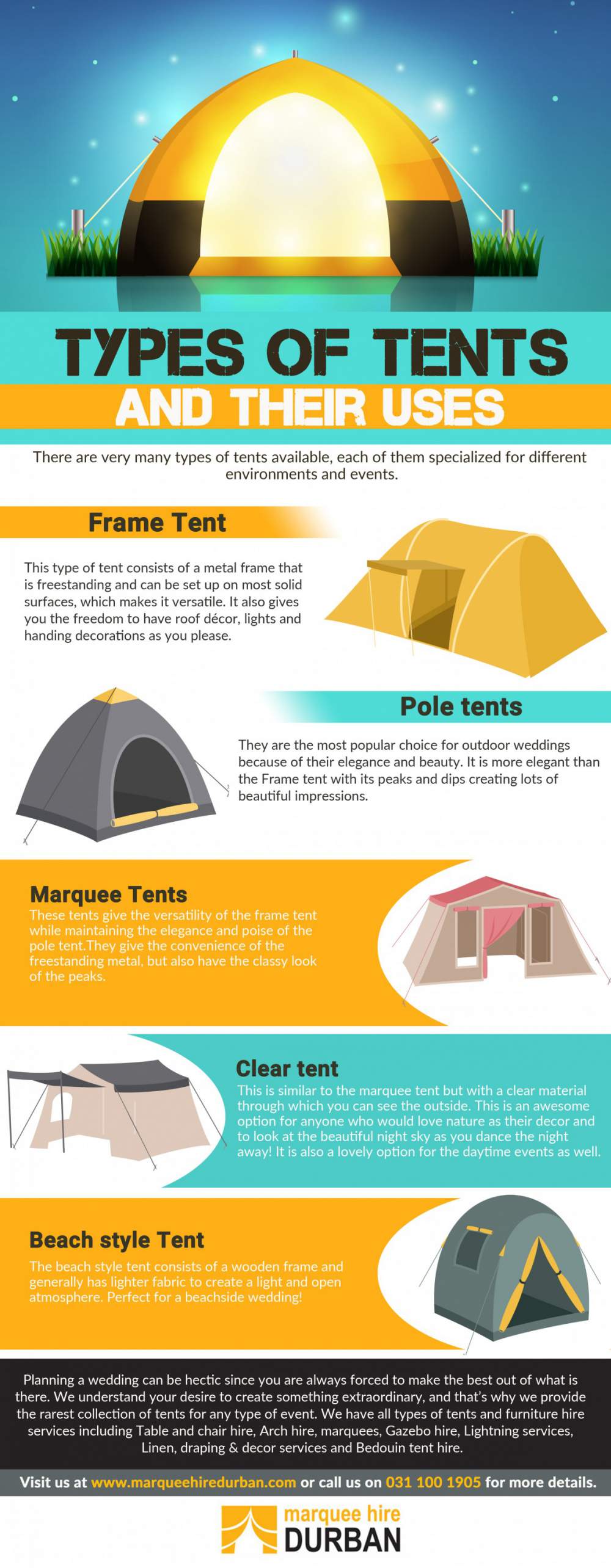Appealing To Your Online Audience By Selling Camping Tents
Appealing To Your Online Audience By Selling Camping Tents
Blog Article
Does Your Backpacking Outdoor Tents Required an Impact?
An impact is expensive and adds extra weight to your backpack. It likewise isn't especially long lasting.
How do you keep a tent warm in the winter?
Ultimately, whether or not a camping tent footprint is needed depends upon where and exactly how commonly you're camping. As a whole, it's an excellent concept to make use of one if you camp on unpleasant surface areas or in damp conditions.
Camping Tents with Lower Deniers and Waterproof Ratings
Tents with lower deniers and waterproof ratings tend to be lighter, but they can additionally be extra breakable. They might call for even more regular repair work and have less interior space than harder versions. If you're a laid-back backpacker that likes to travel fast and light, this might be fine; however, even more seasoned walkers understand that compromising sturdiness can come with big effects down the route.
The denier and water resistant score of a tent's canopy, rainfly, and flooring can aid you identify its livability. Search for higher-denier materials on the canopy and rainfly, as well as taped joints that assist stop water from leaking through stitches. Some suppliers also utilize heat and sealer throughout building to produce a stronger joint; these are called bonded joints.
The livability of a camping tent can likewise be figured out by its flooring measurements and ability. An outdoor tents's flooring ought to be slightly smaller sized than the impact to avoid water from pooling under the sanctuary.
Camping Tents in Rough Terrain
Numerous backpacking camping tents include an impact created especially for their design, which aids make sure a proper fit and secures the tent's base from moisture and sharp things. Various other producers sell global footprints that can be cut or folded up to match a camping tent's dimensions.
The sort of terrain you'll run into is one more essential factor to consider for selecting a tent. As an example, if you'll be camping in a canyon or gully, search for a sanctuary that can manage strong winds. These conditions produce turbulence that can make the distinction in between enjoying your campsite or experiencing discomfort.
The ability and top elevation of a camping tent give you an excellent idea of its livability, but added factors to take into consideration include vestibules (the section of the rainfly covering the doors) and total storage space. As an example, during our wintertime screening of the Marmot Tungsten, its generous 93-by-82-inch flooring quickly took care of four sweaty backpackers and their puffier shoulder period sleeping bags while still leaving enough space for gear and individuals.
Tents in Damp Conditions
Even if your outdoor tents shows up dry, wetness lurks in the spaces and crannies. In time, it can degrade the textile. That's why it's so vital to make use of rest days to deep-clean your camping tent and its components, such as zipper cellular linings, luxury tent stake loops and flexible webbing straps.
Additionally, ensure to pitch your outdoor tents in a flat location, not a divot or concave spot, so that ground water does not collect in between the tent flooring and footprint or tarpaulin. And if you're using a footprint, take into consideration a custom-cut one designed for your camping tent's floor plan. It will not collect rainwater the means a generic ground cloth or tarp can.
Technique setting up and removing your tent in the house before you hit the trail, to obtain a feel for how rapidly and successfully you can do it. Also, method surveying your tent in various terrains to see exactly how very easy it is (or isn't) to do in bad weather conditions.
Camping Tents in High-Rise Situations
Tents range in flooring size and livability. For instance, a huge outdoor tents with dual doors and vestibules like Marmot's Tungsten can deal with 4 backpackers without requiring gymnastics to enter and out or to store gear.
The minimal route weight specification is the very best specification to compare models, as it consists of the bare basics: tent body, rainfly and poles. However bear in mind that the specification leaves out tent stakes, man lines and stuff sacks.
The majority of backpacking tents can hold up to a light summertime tornado, yet some can be swept away by gale-force gusts. Look for a design with solid posts, a raised bathtub-style floor and seam taping to minimize the opportunity of water seeping with. More expensive styles additionally tend to feature stronger products that can stand up to the influence of particles and various other forces.
What is the lightest backpacking tent?
